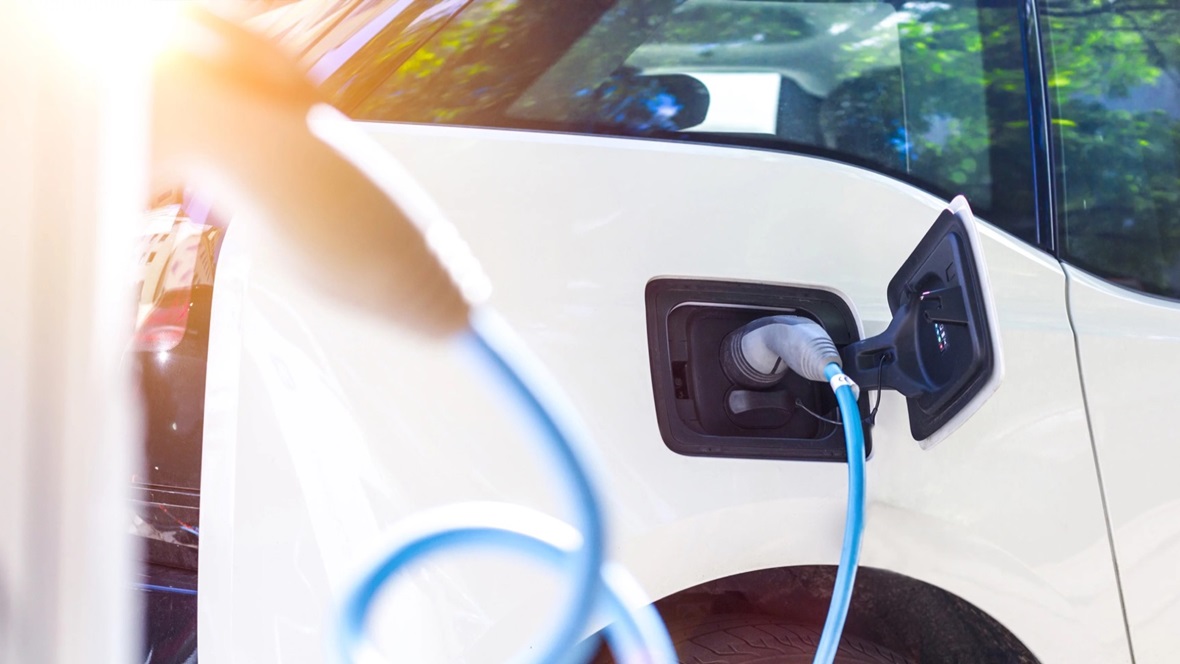
Explaining the best methods of a successful EV infrastructure
Demystifying the most effective EV charging practices
While Ensto is already a seasoned veteran in the EV industry, it’s easy to forget how the landscape of electric vehicles can still be a wild frontier to many. Stepping into the unknown can feel confusing to newcomers, particularly if you are a business provider thinking of implementing EV charging as part of your revenue flow.
In this blog post, I’ll discuss some of the best methods to consider in building an effective and fast AC charging infrastructure, and also explain what these methods mean.
Power ratings
Let's start with power ratings: new electric and hybrid vehicles are able to charge at much quicker speeds from AC charging. As the best mid-grade solution for most of Europe, it is highly recommended to install a three-phase 22 kW charging point whenever possible. Able to provide up to 7.3 kW per phase, it enables all EVs to use the full capacity of their onboard chargers (excluding the 43kW capable Renault Zoe).
Usage case
Looking for a charging point for a private or public network? It’s important to know that public networks will need to feed into a front-end online interface, which allows drivers to locate, view real-time availability, and potentially pay for charging over their smartphones.
"It’s important to know that public networks will need to feed into a front-end online interface."
Here's a fun example of how a successfully implemented EV charging solution will create a better customer experience for the end user, and improved cost-efficiency for a business provider:
Smart and future-proof charging
Smart charging solutions help EVs communicate with the power grid, and manage the flow and cost of electricity. Vehicle-to-Grid (V2G) technologies enable the infrastructure to respond to grid signals, enhancing the efficiency of charge systems during peak load times. Charging points should also have built-in functionalities to remotely update software and firmware through back-end programs – providing future-proof functionality for both today and tomorrow.
Focus on security
Paying attention to security in your EV charging infrastructure is also strongly advised, and has been discussed previously on this blog.
Dynamic Load Management
For businesses with limited power capacity, dynamic load management constantly monitors and allocates the electrical feed across your charging points, automatically altering the charging parameters for each station as it is in use based on the power output available. By using the optimal charging power, you minimize charging costs to help cut down on operational costs.
All the right tools for the best EV charging practices!
Focusing on the aforementioned key points is integral in maintaining a successful EV infrastructure. It is also central to what we do at Ensto: our core philosophy is to provide intelligent, secure and future-proof solutions that are designed to benefit our customers and their user-base.
Are you serving customers or swallowing Electric Vehicle charging costs? Learn how to invest in EV the right way!
